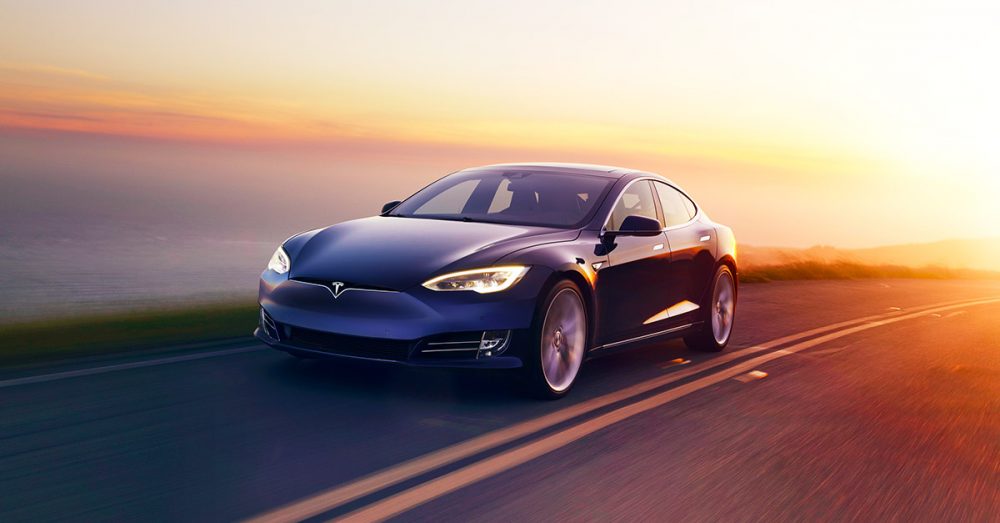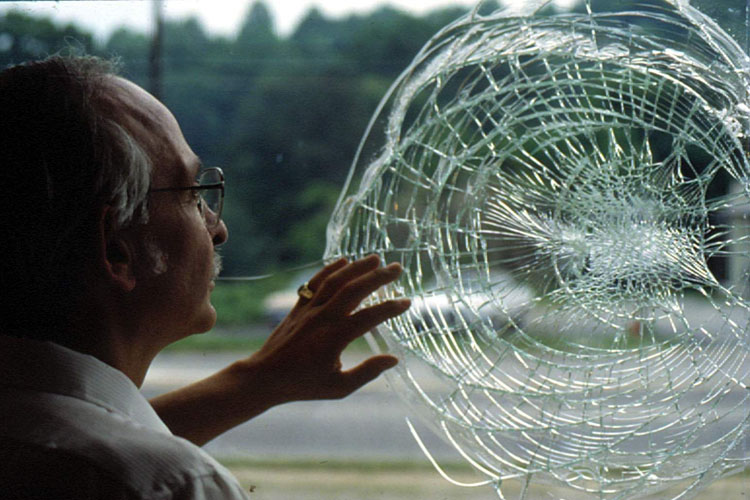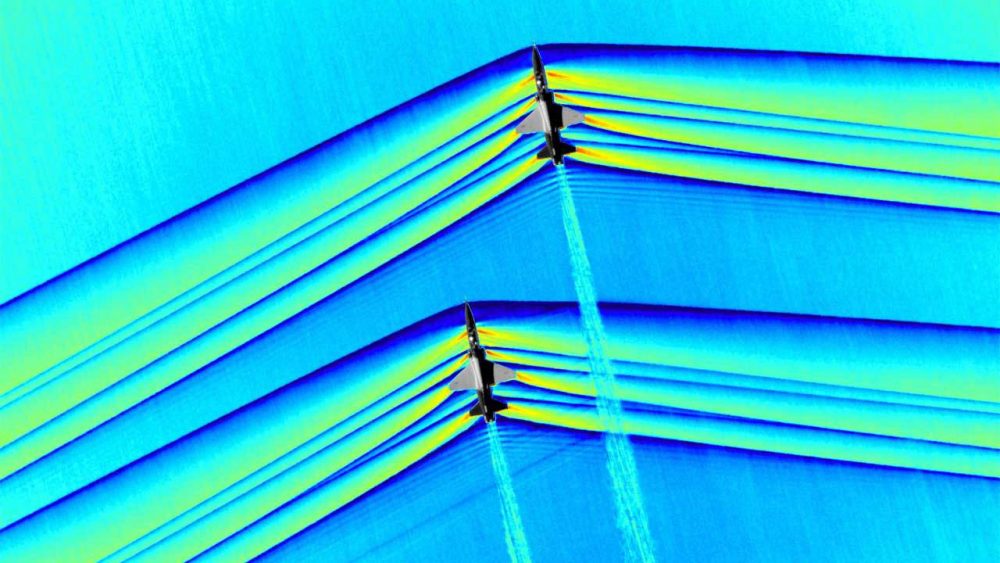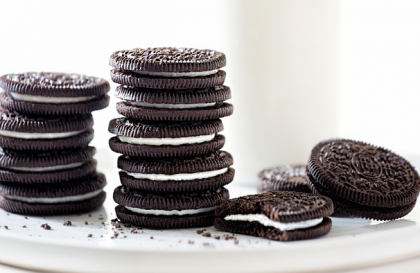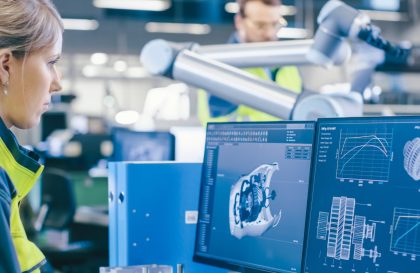Tesla is maybe the most popular car company in recent years, thanks to its automobiles fully powered by electricity, its Gigafactory with a massive production capacity, and its co-founder, CEO and product architect, Elon Musk powered by enthusiasm. The company has already three models: Model S, Model X and Model 3. It has announced its new truck, Tesla Semi and the second generation Tesla Roadster. It is claimed that the new generation Tesla Roadster will be able to reach 100 km/h in a shorter duration than the time passes while you read this sentence. It is projected as 1.9 seconds. One of the most important components of an electric car is, of course, the battery which defines the range of the car. Consequently, Tesla is very interested in battery/energy storage system. Therefore, they acquired SolarCity which is the biggest installer of rooftop solar systems in the US. Also, they produce Powerwall that is rechargeable energy storage system for the use in houses and stores.
Tesla electric cars differ from the other conventional internal combustion (IC) engine cars since electric cars do not need most of the components used in IC cars or they require new components. Tesla electric cars use induction motors which were invented by Nicola Tesla. An induction motor has two parts: rotor and stator. It needs alternative current (AC) to function. The power of Tesla car comes from this induction motor. The motor speed can range from 0 to 18000 rpm with high efficiency while in an internal combustion engine, this range is very limited (ca.2000-4000 rpm). Thus, the internal combustion engine needs a transmission system to transfer the motion to the wheels. Also, an IC generates a reciprocating motion that must be converted to rotating motion. This all means more mechanical parts that reduce the efficiency of the system.
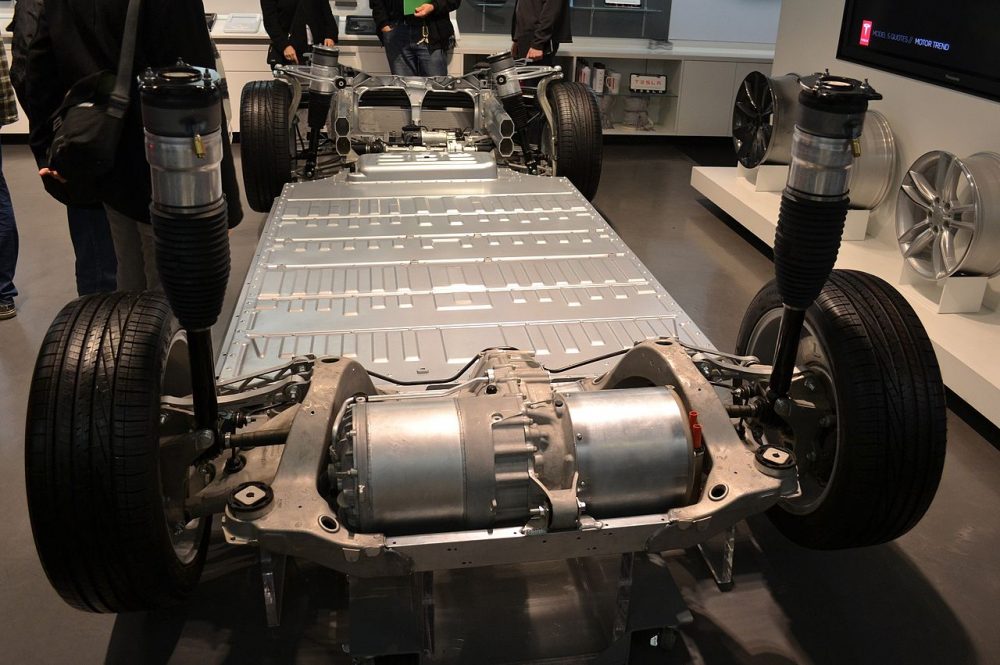
The battery consists of a collection of parallel and series connected lithium-ion cells rather than one big cell. 85 kWh battery pack contains more than 7000 cells. This provides a better cooling system. The battery pack is placed at the bottom of the body and thus, the centre of mass is close to the ground. This results in a responsive car. The space-less structure of the battery pack as a whole at the bottom of the body improves the aerodynamic performance of the car. The battery provides DC power and the induction motor is required AC power. Hence, an inverter is used for the conversion. During the conversion of the power from DC to AC, the frequency of the AC power is adjusted and consequently, the speed of the motor is adjusted to the desired value. Therefore, the inverter can be seen as the brain of the car.
Source: Learn Engineering Youtube Channel
Tesla uses regenerative braking system which converts the vehicle’s kinetic energy into chemical energy stored in the battery. For this, the motor works as a generator during braking. Moreover, Tesla is one of the leading car companies which offer autopilot. There is no doubt that the autopilot will be one of the most important features of the future cars.
The company’s market value has been increasing and Tesla cars have been quite popular in recent years. Maybe, this situation has forced other car companies to develop electric cars. Tesla clearly stated in a letter written by Elon Musk: “Our true competition is not the small trickle of non-Tesla electric cars being produced, but rather the enormous flood of gasoline cars pouring out of the world’s factories every day.”*. Maybe this attitude creates sympathy in view of the consumers and makes Tesla cars more popular. One way or another, Tesla has sparked the transformation of car technology from fossil fuel into electricity. This means more green future for humanity as long as the electricity is generated from renewable sources.
Sources:
Cover Photo Source: Tesla Inc.
https://en.wikipedia.org/wiki/Tesla,_Inc.
https://www.youtube.com/watch?v=3SAxXUIre28
https://www.tesla.com
https://electrek.co
*All Our Patent Are Belong To You


